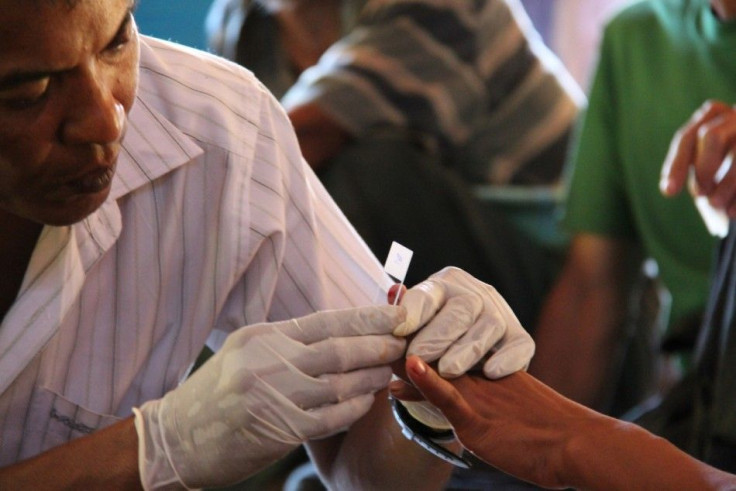Nobel Prize in medicine honours scientists for work on parasitic infections treatment

Three scientists have been awarded the 2015 Nobel Prize for physiology and medicine for their breakthrough discoveries that led to the anti-microbial and anti-parasitic treatment of certain tropical diseases.
The prestigious prize, announced by the Nobel Committee during an event at the Karolinska Institute in Stockholm on Monday, recognised the many years of research by 80-year-old Satoshi Omura, 85-year-old Youyou Tu and 85-year-old William C. Campbell in helping study vaccines for deadly diseases of the developing world.
Half of the eight million Swedish Krona will be jointly shared by Campbell and Omura, who collaboratively discovered avermectin or ivermectin, a drug that kills roundworms. The tiny organisms are known to cause deformities, elephantiasis and river blindness in humans.
During their research, Japan-based Omura studied the anti-bacterial properties of the compound produced by Streptomyces, a naturally occurring bacteria present in soil. Meanwhile, Campbell recovered the cultures from Omura and conducted experiments with these on farm animals in New Jersey.
The other half of the prize money will go to Tu, whose research work for the Chinese government led to the discovery of artemisinin, a treatment option for malaria.
During her tenure as head of the Chinese Government's Project 523 in the 1960s, Tu and her colleagues had designed a method to extract a compound from fever-reducing plants found to protect humans against the malarial parasite.
Both ivermectin and artemisinin continue to be widely used across the globe for the treatment and prevention against the deadly parasitic diseases. The Los Angeles Times reports that nearly 400 million doses of artemisinin are administered each year, while 300 million people are given ivermectin around the world annually. Even though malaria is no longer endemic to Australia, between 700 and 800 Australian travelers catch the infection each year when travelling to tropical regions such as Asia and Africa.
Contact the writer at feedback@ibtimes.com.au, or let us know what you think below.





















